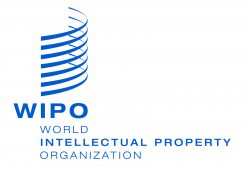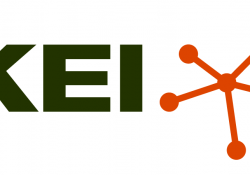On Thursday afternoon, 11 December 2014, Bangladesh delivered the following powerful intervention on behalf of the Asia and the Pacific Group on limitations and exceptions for libraries and archives. This group includes nations such as Bangladesh, Iran, India, Pakistan, Malaysia, Singapore, South Korea and Thailand. The Asia and Pacific Group stressed that copyright limitations and exceptions were assured to developing countries and LDCs to ensure a more balanced and efficient international copyright system anchored in Article 7 of the WTO TRIPS Agreement,
Continue Reading →

